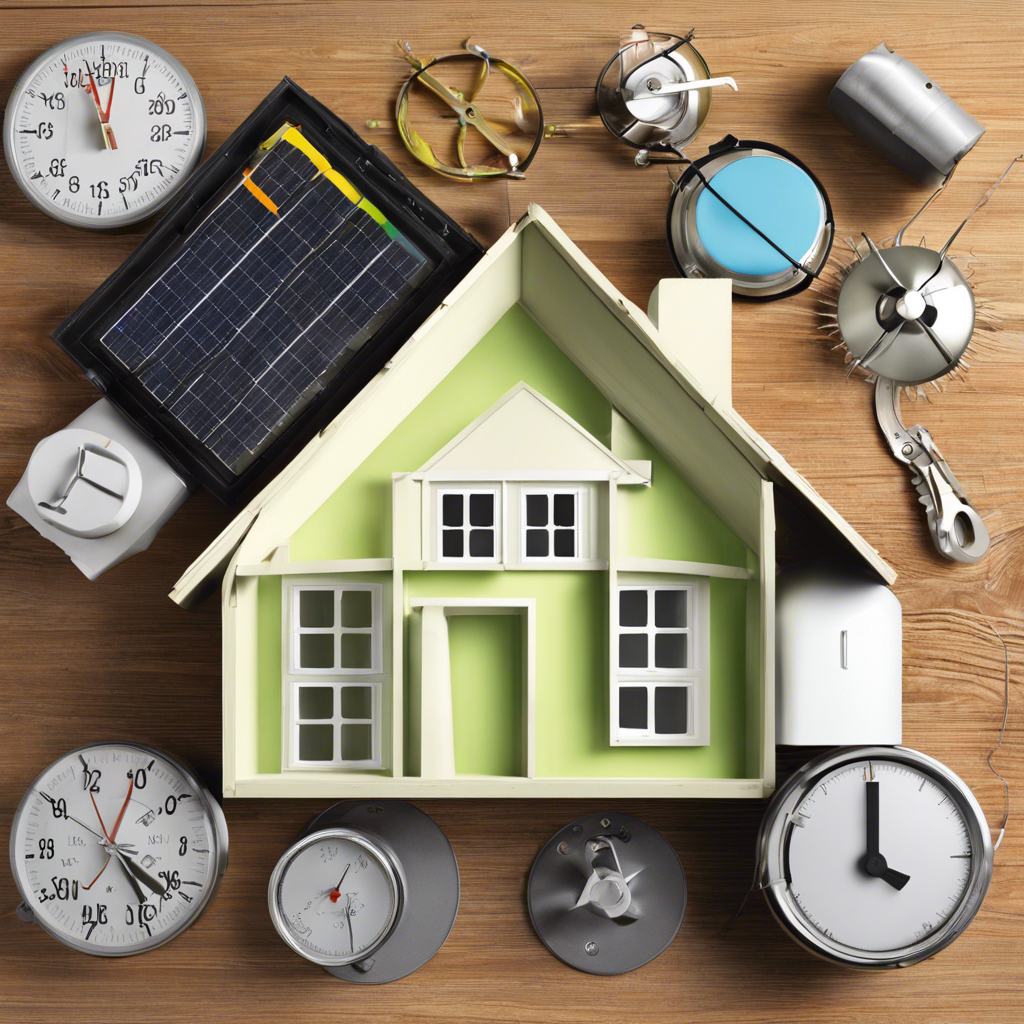The cost of heating and cooling our homes continues to rise, and with many of us spending more time at home, the impact on our wallets can be significant. The good news is that there are energy-saving home improvements you can make that will not only reduce your carbon footprint but also put money back in your pocket over time.
One of the most effective ways to save energy and money is to improve your home’s insulation. Proper insulation can reduce heat loss in winter and keep your home cooler in summer, leading to lower heating and cooling costs. Focus on areas such as the attic, basement, and exterior walls, and consider using modern materials such as spray foam insulation for maximum efficiency.
Upgrading your windows is another great investment. Old, single-pane windows can be a major source of heat loss, and replacing them with energy-efficient double or triple-pane windows can make a big difference. Look for windows with low-E coatings, which help reflect heat back into your home in winter and keep it out in summer.
Another simple yet effective improvement is to seal any gaps or cracks in your home’s envelope. This can be done by caulking around windows and doors and adding weatherstripping to doors and attic hatches. These small improvements can have a significant impact on your energy bills, as they stop the heated or cooled air from escaping, ensuring your HVAC system doesn’t have to work overtime.
Investing in a smart thermostat is also a wise move. These devices allow you to control your home’s temperature remotely and can even learn your habits to automatically adjust the temperature when you’re away, ensuring energy isn’t wasted heating or cooling an empty home. Many utility companies also offer rebates for installing smart thermostats, so be sure to check for any available incentives.
While some of these improvements may require an upfront investment, the long-term savings can be significant. Not only will you reduce your environmental impact, but you’ll also enjoy lower energy bills and a more comfortable home all year round. With the right combination of improvements, your home can become a more efficient and cost-effective haven.
To help finance these improvements, there are often government incentives and rebates available. Do some research to find out what programs are offered in your area, as these can help offset the initial costs. For example, the US Department of Energy offers the Residential Renewable Energy Tax Credit, which gives you a tax credit for installing certain renewable energy systems such as solar panels or geothermal heat pumps.
Lastly, don’t forget to compare contractors and get multiple quotes before starting any major projects. By combining these energy-saving improvements with smart financing options and available rebates, you can make your dream of a more energy-efficient home a reality while also boosting your home’s value and comfort. These improvements truly pay you back in more ways than one.

